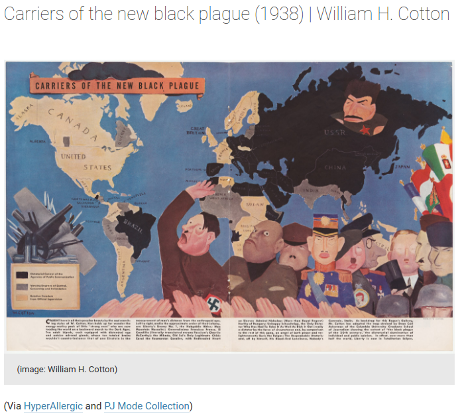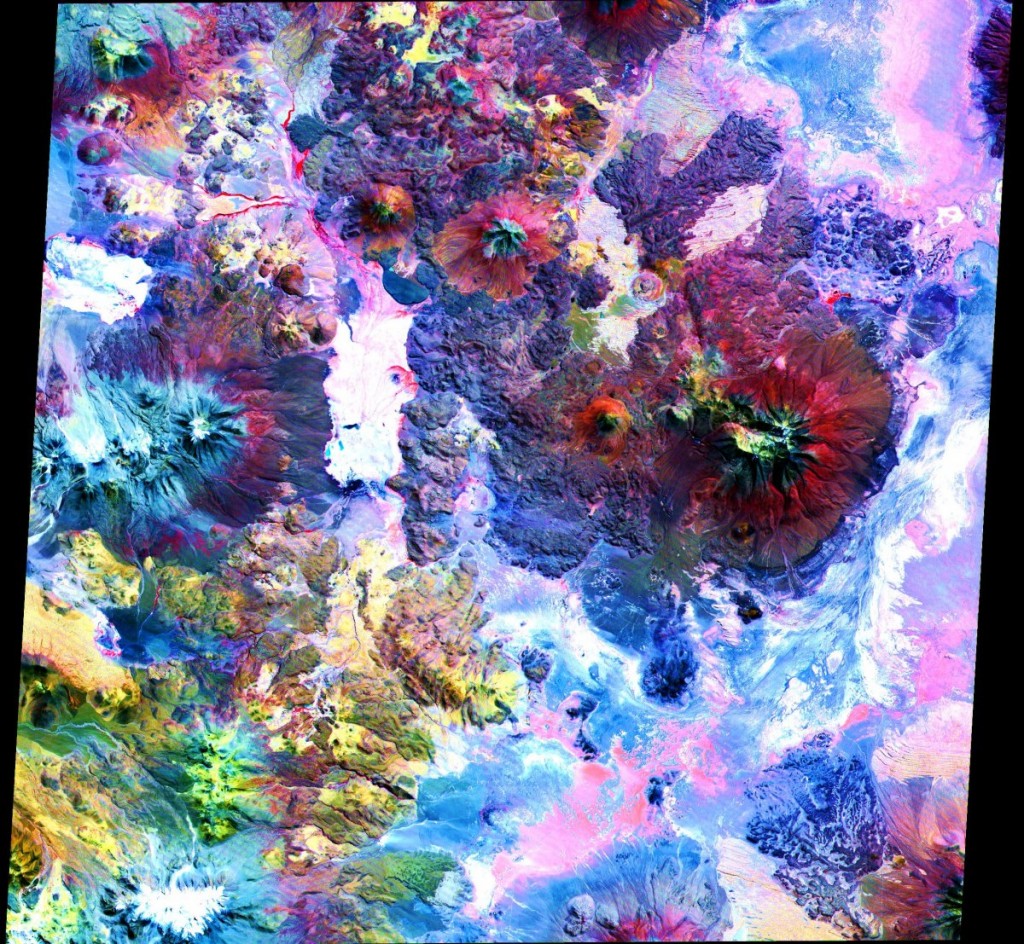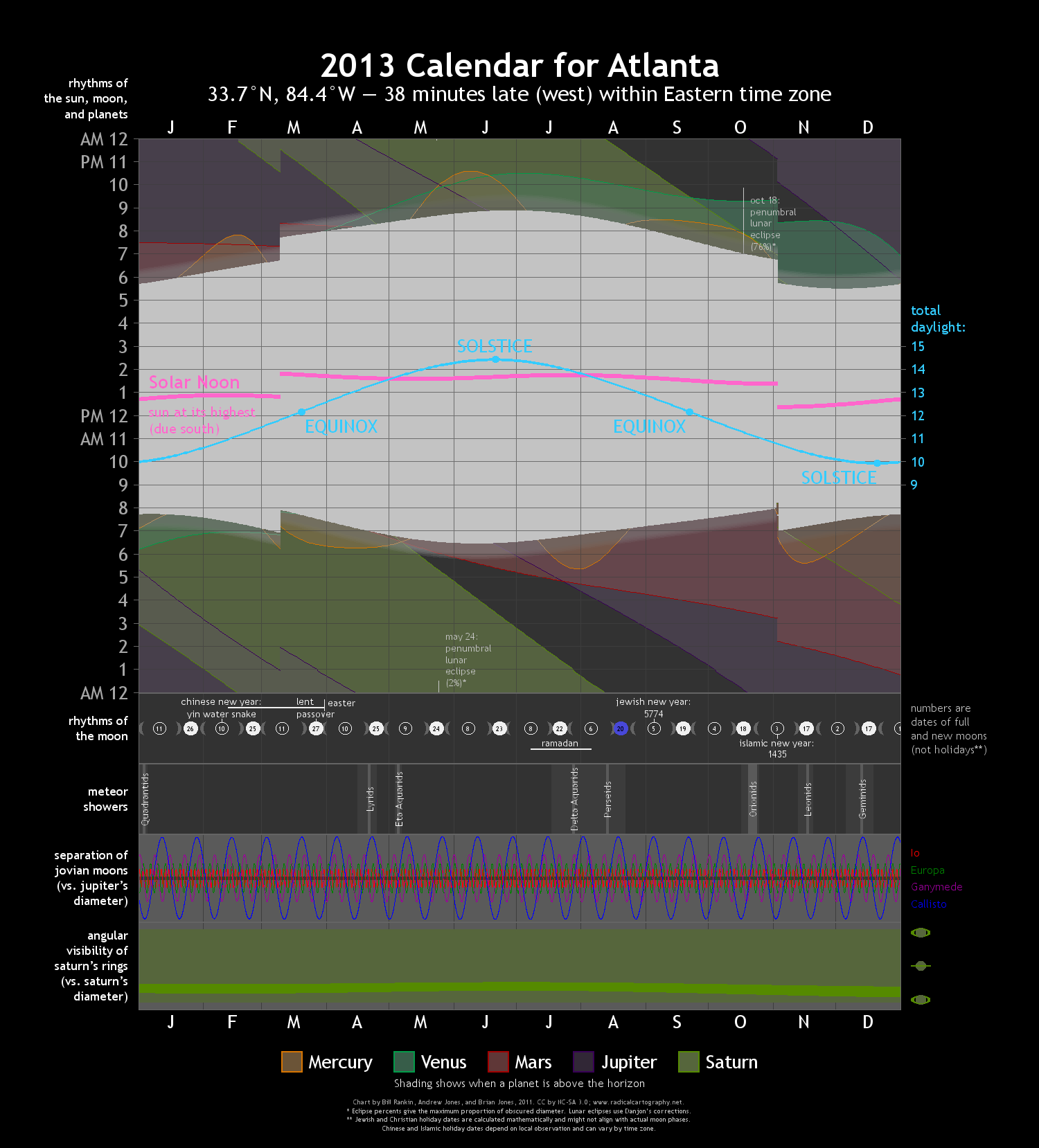CIA Cartography
From the webpage:
Tracing its roots to October 1941, CIA’s Cartography Center has a long, proud history of service to the Intelligence Community (IC) and continues to respond to a variety of finished intelligence map requirements. The mission of the Cartography Center is to provide a full range of maps, geographic analysis, and research in support of the Agency, the White House, senior policymakers, and the IC at large. Its chief objectives are to analyze geospatial information, extract intelligence-related geodata, and present the information visually in creative and effective ways for maximum understanding by intelligence consumers.
Since 1941, the Cartography Center maps have told the stories of post-WWII reconstruction, the Suez crisis, the Cuban Missile crisis, the Falklands War, and many other important events in history.
There you will find:
Cartography Tools 211 photos
Cartography Maps 1940s 22 photos
Cartography Maps 1950s 14 photos
Cartography Maps 1960s 16 photos
Cartography Maps 1970s 19 photos
Cartography Maps 1980s 12 photos
Cartography Maps 1990s 16 photos
Cartography Maps 2000s 16 photos
Cartography Maps 2010s 15 photos
The albums have this motto at the top:
CIA Cartography Center has been making vital contributions to our Nation’s security, providing policymakers with crucial insights that simply cannot be conveyed through words alone.
President-elect Trump is said to be gaining foreign intelligence from sources other than his national security briefings. Trump is ignoring daily intelligence briefings, relying on ‘a number of sources’ instead. That report is based on a Washington Post account, which puts its credibility somewhere between a conversation overhead in a laundry mat and a stump speech by a member of Congress.
Assuming Trump is gaining intelligence from other sources, just how good are other sources of intelligence?
This release of maps by the CIA, some 160 maps spread from the 1940’s to the 2010’s, provides one axis for evaluating CIA intelligence versus what was commonly known at the time.
As a starting point, may I suggest: Image matching for historical maps comparison by C. Balletti and F. Guerrae, Perimetron, Vol. 4, No. 3, 2009 [180-186] www.e-perimetron.org | ISSN 1790-3769?
Abstract:
In cartographic heritage we suddenly find maps of the same mapmaker and of the same area, published in different years, or new editions due to integration of cartographic, such us in national cartographic series. These maps have the same projective system and the same cut, but they present very small differences. The manual comparison can be very difficult and with uncertain results, because it’s easy to leave some particulars out. It is necessary to find an automatic procedure to compare these maps and a solution can be given by digital maps comparison.
In the last years our experience in cartographic data processing was opted for find new tools for digital comparison and today solution is given by a new software, ACM (Automatic Correlation Map), which finds areas that are candidate to contain differences between two maps. ACM is based on image matching, a key component in almost any image analysis process.
Interesting paper but it presupposes a closeness of the maps that is likely to be missing when comparing CIA maps to other maps of the same places and time period.
I am in the process of locating other tools for map comparison.
Any favorites you would like to suggest?



